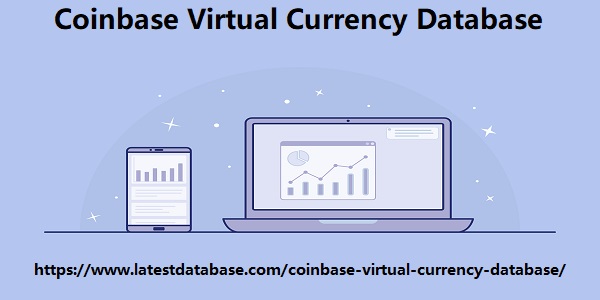Post by account_disabled on Feb 25, 2024 1:08:26 GMT -6
It doesn't matter if you're starting to implement an email marketing relationship program in your business or if you already have campaigns in progress: it's always good to know and revisit good email marketing practices to offer the best experience to your contacts and ensure good deliveries. on email servers . In other words, good email marketing practices are as much a matter of respect for your recipients as they are of techniques to prevent your emails from arriving as spam to people. Let's start with the first and most basic principle of good email marketing practices, without which nothing good can happen: PERMISSION MARKETING Permission marketing is the basis of email marketing: it is the authorization that your brand obtains from people to send them emails with marketing objectives. Instead of sending emails indiscriminately to a list of contacts, the company asks for permission to send relevant messages to people who are genuinely interested in receiving information about their products or services.
There are very clear advantages to using permission marketing in email marketing. Firstly, it helps prevent your messages from being considered spam by recipients, which can damage your company's reputation and even lead to the deletion of your email marketing account on certain sending platforms with stricter codes of conduct. like Mailchimp . Email marketing can be considered spam by the email serveCoinbase Virtual Currency Databaser where Coinbase Virtual Currency Database it is delivered, even before it reaches the recipient's email inbox, but it can also be considered spam by the recipient themselves, when they receive an email that does not recognize the sender and/or who does not identify with the content. Generally, people deal with unwanted emails by clicking the “report spam” button in their email programs. By doing this, the recipient ensures that the next messages that the sender sends them will be delivered to the spam folder, without having to deal with these messages again in their main folder.

But this has serious reputational consequences for the sender, who will have difficulty delivering the next emails he sends not only to that recipient but to other email addresses on the same server and even others, when he reaches the point of joining a email marketing blocklist . Furthermore, by sending messages only to people who have shown interest in receiving them, you increase the chances that they will be read and generate conversions, after all, people literally asked to receive that type of content by email. To implement permission marketing in email marketing, it is necessary to follow some list building or mailing practices . The email marketing list or mailing list needs to be formed ethically, asking people for permission to send them messages and making clear the type of content that will be sent. This can be done using single opt-in or double opt-in , which are explained throughout this article. Opt-in The term opt-in is currently used both to define the concept of permission and the action of granting it itself.
There are very clear advantages to using permission marketing in email marketing. Firstly, it helps prevent your messages from being considered spam by recipients, which can damage your company's reputation and even lead to the deletion of your email marketing account on certain sending platforms with stricter codes of conduct. like Mailchimp . Email marketing can be considered spam by the email serveCoinbase Virtual Currency Databaser where Coinbase Virtual Currency Database it is delivered, even before it reaches the recipient's email inbox, but it can also be considered spam by the recipient themselves, when they receive an email that does not recognize the sender and/or who does not identify with the content. Generally, people deal with unwanted emails by clicking the “report spam” button in their email programs. By doing this, the recipient ensures that the next messages that the sender sends them will be delivered to the spam folder, without having to deal with these messages again in their main folder.

But this has serious reputational consequences for the sender, who will have difficulty delivering the next emails he sends not only to that recipient but to other email addresses on the same server and even others, when he reaches the point of joining a email marketing blocklist . Furthermore, by sending messages only to people who have shown interest in receiving them, you increase the chances that they will be read and generate conversions, after all, people literally asked to receive that type of content by email. To implement permission marketing in email marketing, it is necessary to follow some list building or mailing practices . The email marketing list or mailing list needs to be formed ethically, asking people for permission to send them messages and making clear the type of content that will be sent. This can be done using single opt-in or double opt-in , which are explained throughout this article. Opt-in The term opt-in is currently used both to define the concept of permission and the action of granting it itself.